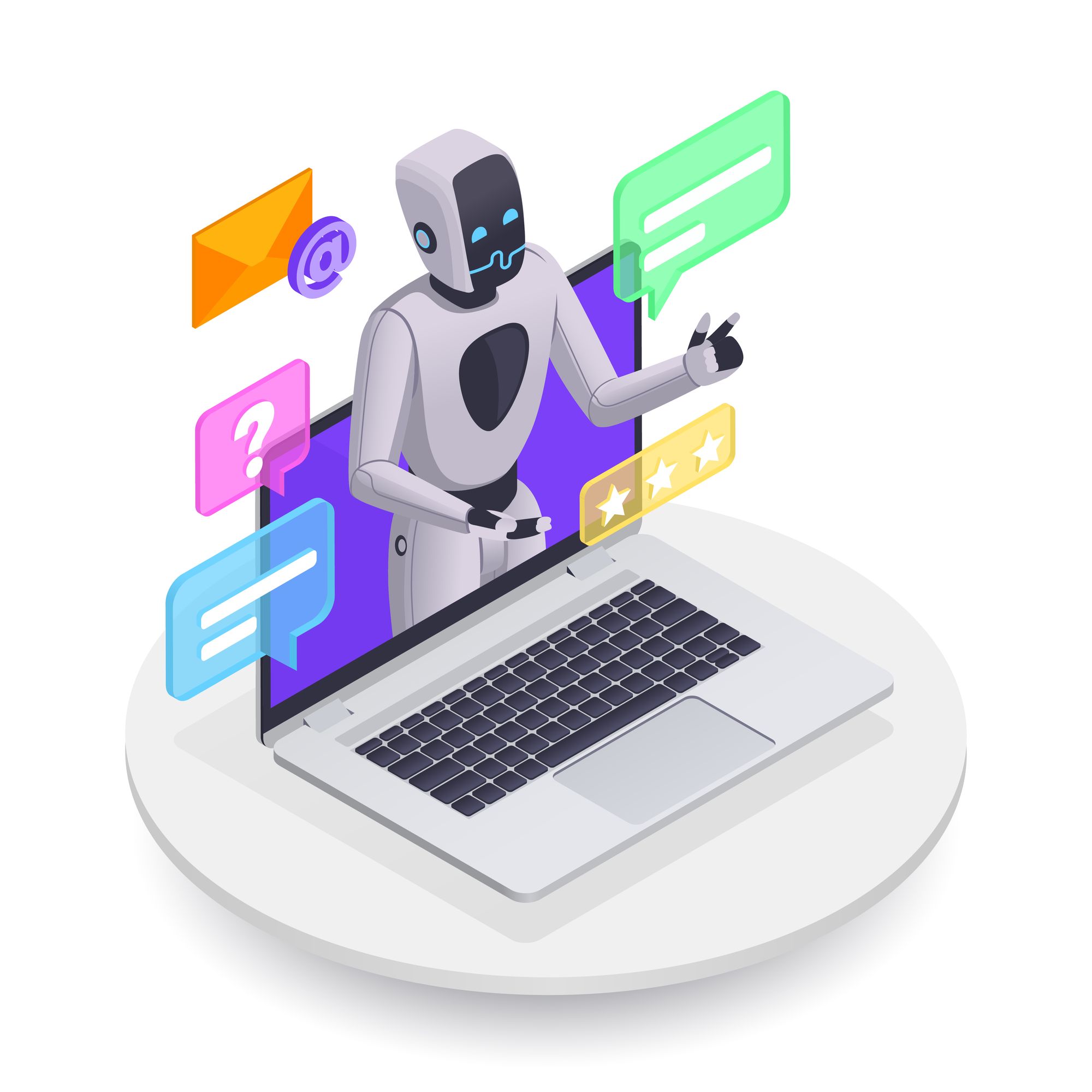From Small Talk to Deep Learning: Exploring the Possibilities of ChatGPT in Natural Language Processing

Growing up we’ve wished for that secret robot friend who could help us with our essays and tasking Home Works so we’d have the time to play video games and hang out with friends, at least I for one did, well OpenAI just made that dream come true (better late than never right?), Furthermore lately if you have been an active and attentive user of social media you must have heard or came across the trending topic that is chatGPT, in this article, we will be diving into the world of artificial intelligence by shedding more light on chatGPT and how you can use its features to optimize your work performance.

WHAT IS CHATGPT?
ChatGPT stands for "Chat Generative Pre-trained Transformer", it is a Chatbot developed by OpenAI and launched in November 2022. It is built on top of OpenAI's GPT-3 family of large language models and has been fine-tuned (an approach to transfer learning) using both supervised and reinforcement learning techniques.
We decided to ask ChatGPT what its own definition was and it gave the following description “ChatGPT is an AI-powered chatbot developed by OpenAI, based on the GPT (Generative Pretrained Transformer) language model, it uses deep learning techniques to generate human-like responses to text inputs conversationallyâ€
WHAT IS THE FRAMEWORK OF CHATGPT?
ChatGPT is powered by a large language model, or LLM, meaning it’s programmed to understand human language and generate responses based on large corpora of data.
ChatGPT’s LLM is called GPT-3.5. It is an upgrade of OpenAI’s GPT-3 language model.
With a whopping 175 billion parameters, GPT-3 is one of the biggest and most potent language-processing AI models to date.
What makes ChatGPT so impressive is its ability to produce human-like responses, thanks in no small part to the vast amounts of data it is trained on.
What is more intriguing is that the responses are more and more human-like, making them more accurate in mimicking human responses to certain questions
HOW TO USE CHATGPT:
To access the Chatbot is quite simple, visit the website https://chat.openai.com/ signup and you will be referred to a user-friendly interface where you simply communicate with the ChatGPT.
The ChatGPT webpage is simple and includes an area for the results to populate and a text box at the bottom for users to type inquiries. We started with questions, however, OpenAI recommends inputting a statement for the best possible result.
For example, inputting “explain how lasagna is made†will give a more detailed result with more paragraphs than “how is lasagna made,†even though both inquiries will give fairly detailed results. You also have the option for more specific inputting requests for an essay with a specific number of paragraphs or a Wikipedia page.
if there is enough information available, the generator will complete the commands with accurate details. Otherwise, there is potential for ChatGPT to begin filling in gaps with incorrect data which shows some of its flaws. OpenAI notes that these instances are rare. The brand also notes that ChatGPT also currently has “limited knowledge of world events after 2021.â€
Even so, you have the option to input queries continuously until you close your browser or reset the thread to clear your previous requests. You also have the opportunity to use ChatGPT in dark mode or light mode.

CAN CHATGPT BE USED FOR ACADEMIC ESSAY WRITING?
The use of ChatGPT has been full of controversy, with many observers considering how the power of AI will change everything from search engines to novel writing.
Essay writing for students is one of the most obvious examples of where ChatGPT could become a problem. ChatGPT might not write this article all that well, but it feels particularly easy to use for essay writing.
Teachers, School administrators, and developers are already finding different ways around this by banning the use of chatGPT in schools Others are more optimistic about how ChatGPT might be used for teaching, but plagiarism is undoubtedly going to continue being an issue in terms of education in the future.
ChatGPT recently launched a new version of its own plagiarism detection tool, with hopes that it will cool off some of the criticism around how people are using text generation. It uses a new feature called “AI text classifier,†which operates in a way familiar to other plagiarism software. According to OpenAI, however, the tool is still a work in progress and is “imperfect.â€
CONCLUSION
some programmers have affirmed that they have been able to use chatGPT  to debug their codes thereby making it faster for them to write and deliver on projects, despite its impressive performance streak the chatbot has its limitations and as such shouldn’t be trusted to be 100% accurate, more so it would be advised you go through the information it gives before taking action on it and adequate proof reading should suffice, into the bargain, you can hire a satisfactory web developer who delivers on top-notch projects quickly and on schedule by clicking on the link below;